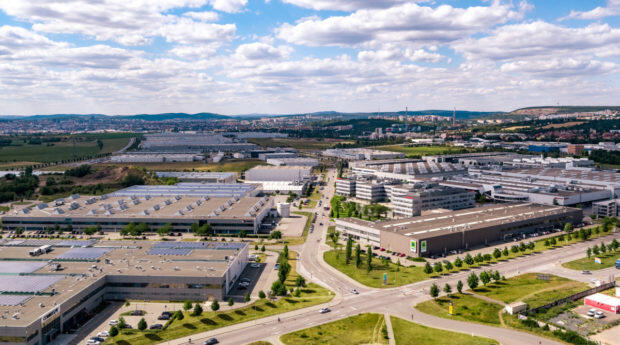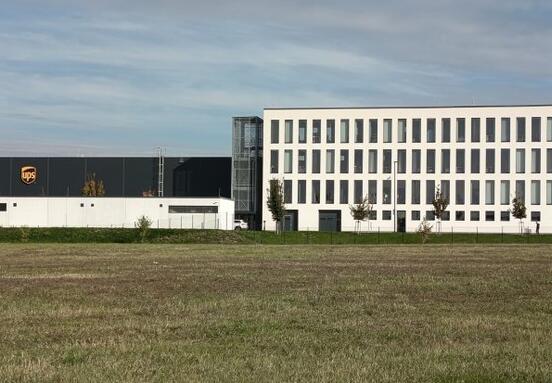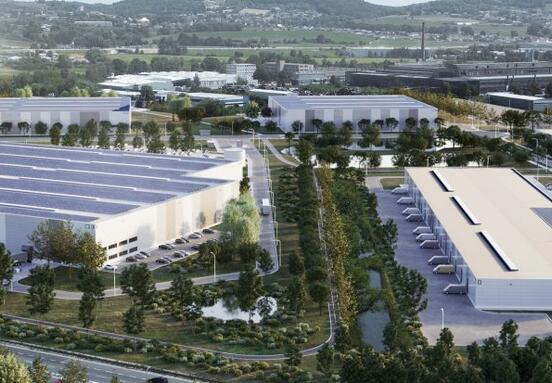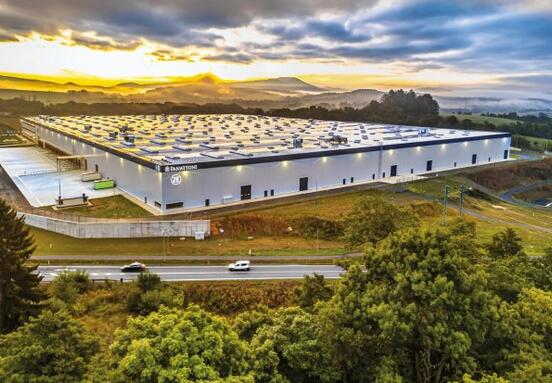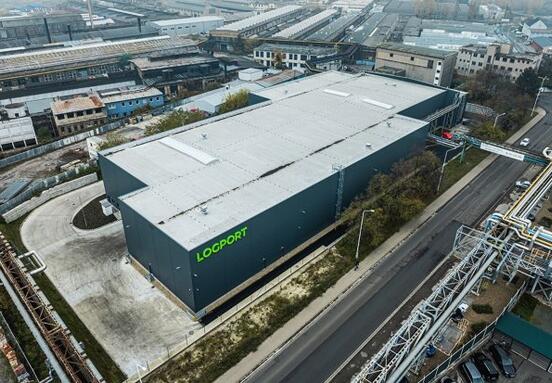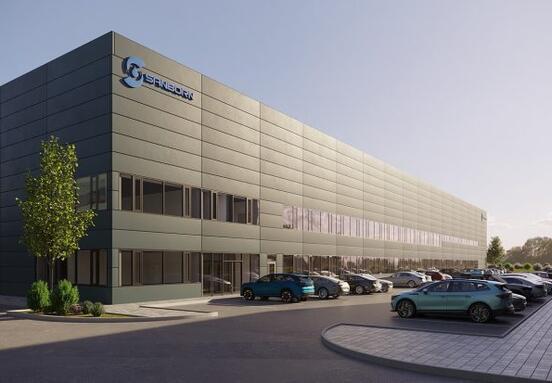Recently, the lack of warehouse space for rent is beginning to manifest itself not only in the most exposed areas around Prague and Brno, but also in Pilsen and other regions. The construction of new halls or the expansion of existing projects lags behind the steep development of demand. This disproportion is illustrated by data from the last quarter of last year: “While 142,130 square meters of industrial space were completed, new leases were concluded at more than 430,000 square meters. If the renegotiation of existing contracts were to be taken into account, the quarterly volume of realized leases would even amount to almost 620,000 square meters, “explains Michal Bílý, an analyst at 108 Agency.
Not only the demand for larger logistics premises remains unsatisfied, but also those up to one thousand square meters. The situation is particularly worse for Prague, which has the largest number of small business companies, which demand the most areas of this size. The last quarter of last year also demonstrated the increased demand for short-term leases. This culminates mainly in the period from November to February, which companies in the field of retail or e-commerce use for pre-Christmas expansion or flexible coverage of logistics services. "While in 2020 we had three to four options for short-term demand, last year we registered three to four applicants for one similar space," said Robert Sgariboldi, 108 Agency's Head of Industrial and Logistics Leasing.
Vacancy rate of industrial premises in individual quarters 2020 and 2021.
The oversupply of demand, which is reducing vacancy, has been going on for several consecutive quarters. As early as 2021, therefore, the developers began to buy development land on a large scale and to expand their land fund for possible future construction. The year 2021 was even one of the record in terms of investment in new land.
Other sites are already under construction and many projects have pre-negotiated tenants before completion. The largest projects currently under construction include, for example, Panattoni Park Kojetín, Panattoni Park Cheb South, VGP Park Olomouc and P3 Ostrava Central.
Most developers, after a longer period of prudence, have again embarked on so-called speculative construction, where tenants will look only after the completion of new premises. For example, they are building speculative companies P3 in Stochov and Ostrava, GLP in Holubice u Brna or Panattoni in Týniště nad Orlicí, Cheb and Ostrov. The developer CTP is also intensively involved in this area, preparing speculative constructions across its portfolio. His main projects include the largest industrial and hi-tech park in the Czech Republic, CTPark Brno (pictured) and the city shopping park CTPark Brno Líšeň. In Moravia there are also parks in Ostrava Poruba and Lipník nad Bečvou, in Bohemia in Žatec and Aš.
The described trends in the industrial real estate market lead to a dynamic growth of rents. In the wider Prague, tenants pay from 5.25 to 7.00 euros per month per square meter. At the end of 2019, it was from 4.10 to 4.60 euros. Brno is experiencing a similar increase. Rents in other regions are growing more slowly but steadily. The average amount of rent in the Czech Republic ranges from 4.40 to 5.50 euros.
